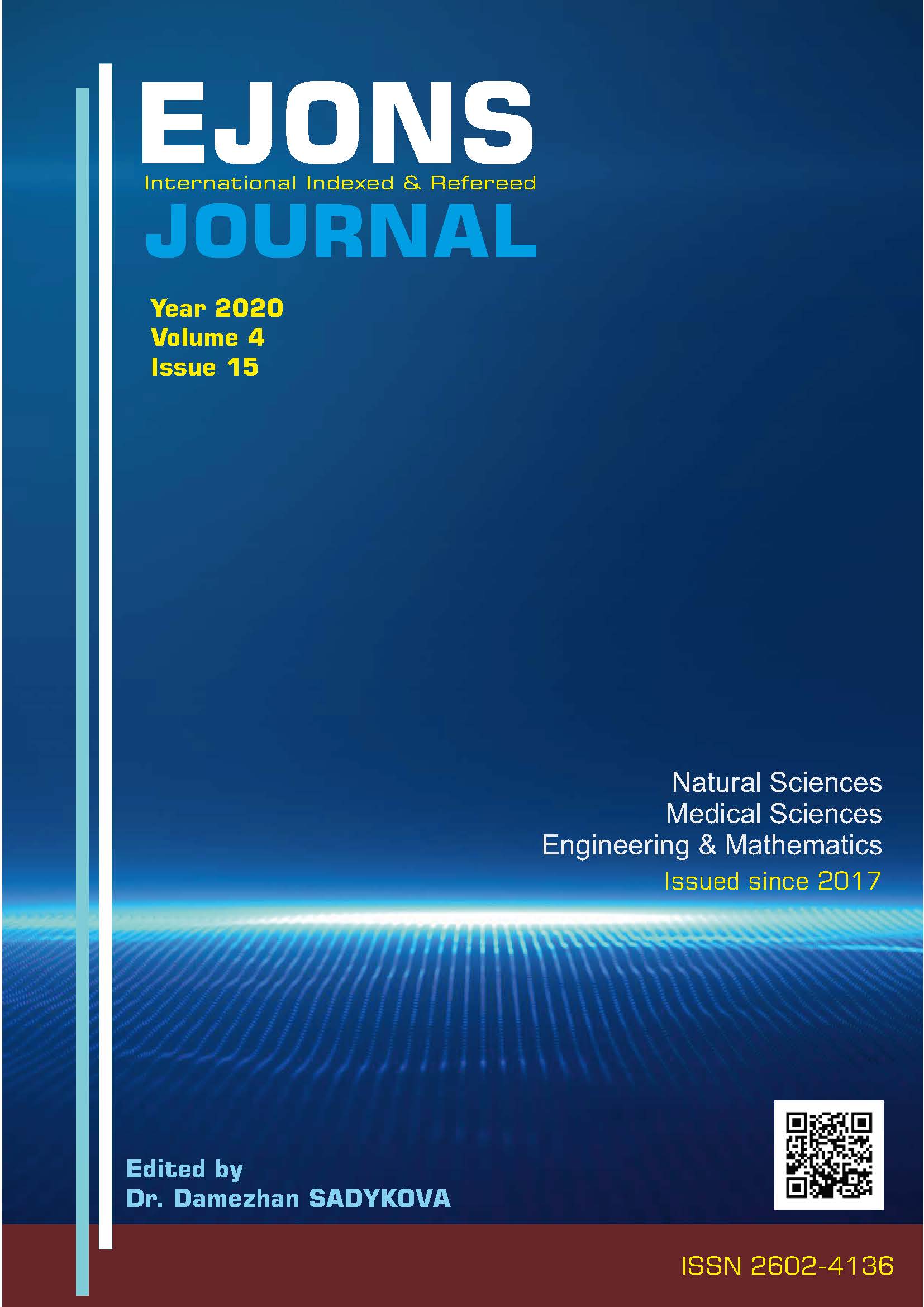PROPERTIES OF DIFFERENT TYPE VEGAN CHEESE RECIPES
DOI:
https://doi.org/10.38063/ejons.315Keywords:
Cheese, recipe, veganAbstract
The global production of dairy products is constantly growing over time. In particular, within the group of processed dairy products, cheese consumption is expected to continue to account for the greatest share at an annual average rate of 1.6% (OECD/FAO, 2015). The market of cheese-like products is expanding faster than that of natural cheeses. An increase in the production of new varieties including AC, fulfilling the growing demand in developing dairy markets, is expected (PM Food & Dairy Consulting, 2014). These products are categorized as analogue cheeses (AC) and fat-filled cheeses, the former one dominating over the other. Analogue cheeses is the term generally referred to products obtained by mixing water, oils/fats, proteins, emulsifying salts (ES), hydrocolloids, acidifying agents, preservatives and other food additives (cheese flavoring,NaCl) in a homogeneous cheese-like matrix. Analogue cheeses are systematically grouped into dairy, partial dairy or non-dairy, depending on the origin of the ingredients used in their formulation (Badem & Uçar, 2015) Veganism is a lifestyle that focuses on avoiding consumption of animal products. In the post-modern world, in addition to vegan ethical attitude, the political and the reason is its stance and increasing the orientation. In the report published by Euromonitor in 2019, economically developing countries such as Nigeria, Pakistan and Indonesia are among the 10 countries where the vegetarian population increased the most in 2016-2017 period. Turkey is also included in this ranking 7th next. The most important factor causing the vegan consumption trend to spread even faster is that the market also responds to this demand. The market value of dairy products worldwide has exceeded $ 10.7 billion in 2017 and is expected to triple this amount in 2025. In 2016, 22% of consumers in Italy preferred vegan alternatives of meat products. Even in countries such as Germany, Spain and Poland, where meat consumption plays an important role in nutrition regimes, 1 or 2 out of every ten consumers now prefer vegan products. 18% of the vegan products offered worldwide in 2016 were on the shelves in Germany (Son, T. Y. G. ve Bulut, M. 2016, Euromonitor International, 2019). In this study, different recipe types of vegan cheeses, which are one of the vegan products, and their sensory properties are compiled. There is a wide variety of vegan cheese types. Such cheeses consist mainly of starch water, protein and fat mixtures. Vegan cheeses produced from these components other than milk have a wide variety of flavors and flavors. Therefore, in this study, vegan cheese components, their proportions and the components affecting the sensory-texture properties of cheese were examined.
Downloads
Published
How to Cite
Issue
Section
License

This work is licensed under a Creative Commons Attribution-NonCommercial 4.0 International License.


